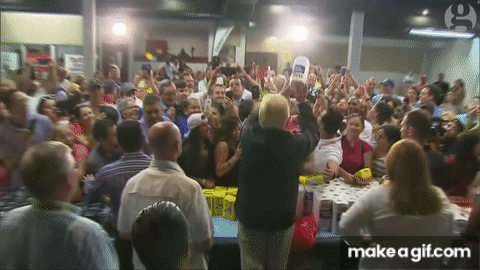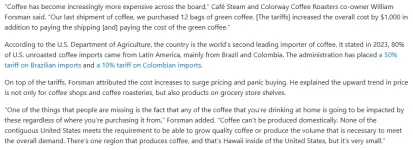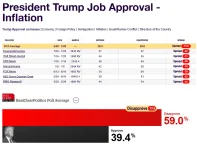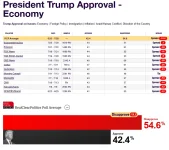In the meantime, I subscribe to the "expert" version of Grok, Grok 4, to examine and evaluate academic studies, in particular the economic studies done of the effects of Trump's far more limited and modest tariffs on China in the first term:
Economic studies on the effects of the Trump administration's tariffs on China during his first term (2017–2021), primarily imposed under Section 301 of the Trade Act of 1974, have been conducted by institutions such as the National Bureau of Economic Research (NBER), the Peterson Institute for International Economics (PIIE), and the Wharton School, among others. These analyses, utilizing econometric models, trade data, and general equilibrium frameworks, generally conclude that the tariffs resulted in higher consumer prices, reduced trade volumes, and mixed macroeconomic outcomes, with net economic losses estimated at $7.2 billion to $51 billion annually for the United States. ...
Regarding the allocation of tariff costs, empirical evidence consistently shows that U.S. importers and consumers absorbed the majority—often estimated at 90% to 100%—of the tariff burden through elevated import prices, with Chinese exporters bearing minimal to no share via price reductions. For instance, an NBER study found that tariffs on Chinese goods led to full pass-through to U.S. import prices, with no significant absorption by exporters, resulting in consumer price increases of up to $1.5 billion for specific products like washing machines.
The effects appear... within 6 to 18 months as immediate price hikes, supply chain disruptions, and retaliatory job losses, particularly in export-dependent sectors. Long-term analyses, such as those from the Wharton School and IMF, project sustained negative impacts on GDP (reductions of 0.1% to 1%) and wages (down 0.5% to 5%), with persistent trade diversion rather than fundamental shifts. ...
On reshoring U.S. manufacturing, the tariffs demonstrated limited effectiveness, with studies indicating negligible or negative net impacts on domestic production relocation. Research from MIT and the Economic Policy Institute found that while tariffs stimulated some investments in protected industries (e.g., $15.7 billion in steel and 3,200 jobs), overall manufacturing employment declined by 245,000 positions due to higher input costs and retaliation. ...






